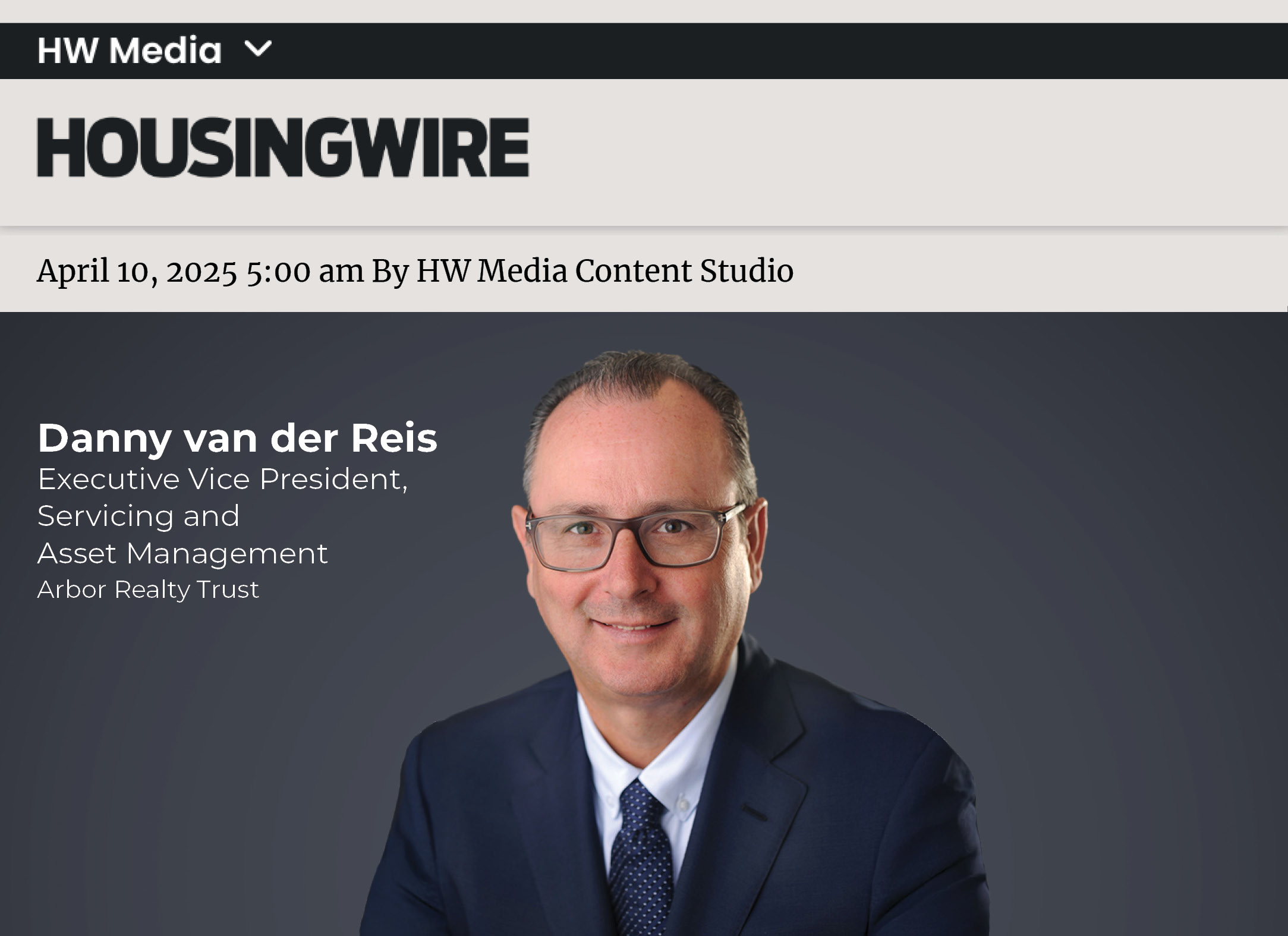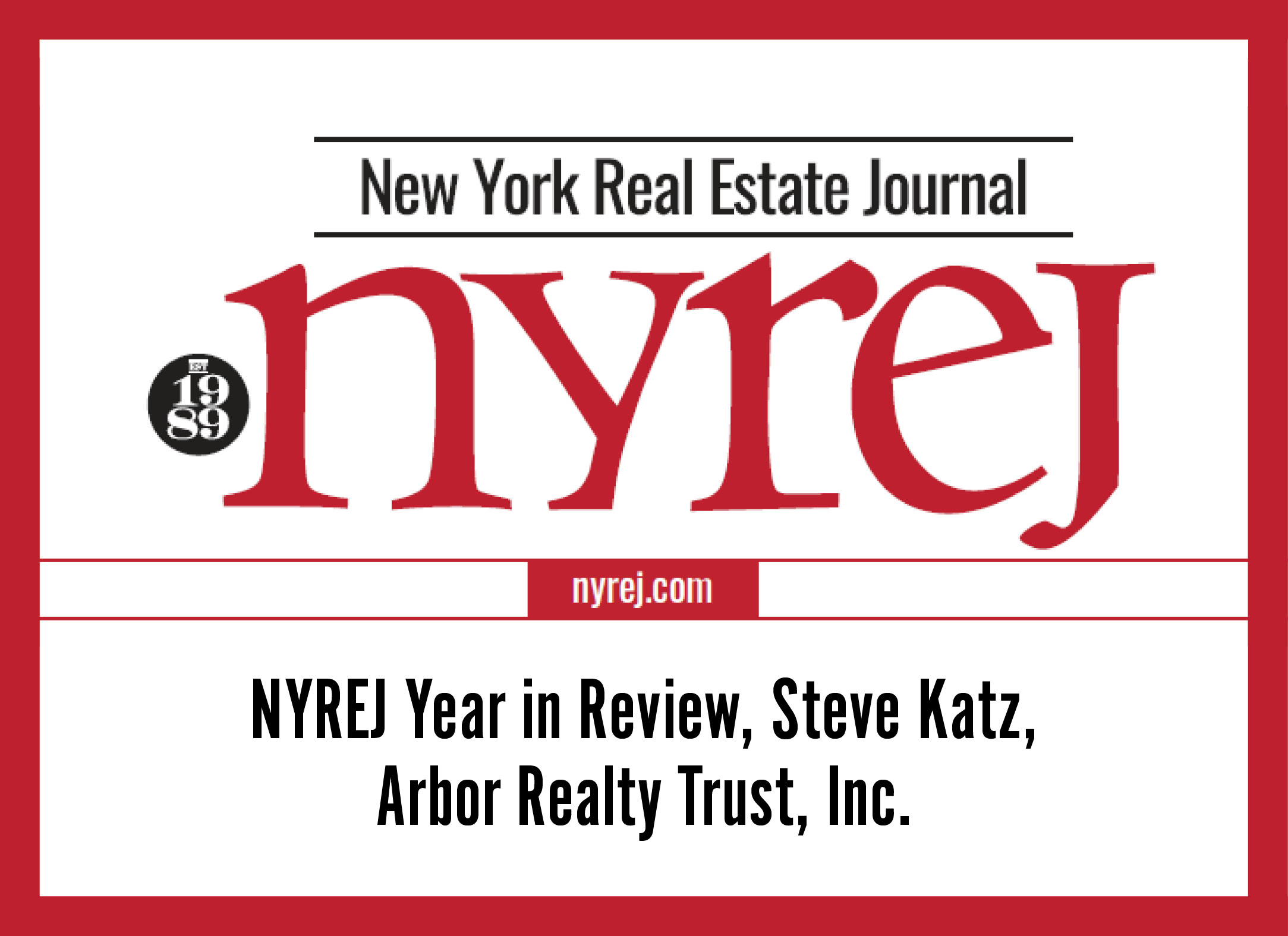Ivan Kaufman Interview on Bloomberg Markets
Ivan Kaufman, the chairman and CEO of Arbor Realty Trust, Inc. (NYSE:ABR), discussed how multifamily housing is maintaining stability during COVID-19. In a “Bloomberg Markets” interview with anchor Alix Steel, he also explained, in particular, the growth in value of suburban housing.
“People have been paying their rent on the multifamily side. Collections are off only 1% to 2%,” said Kaufman. “Despite the dislocation, it has been a great performing asset.” He noted that the extension of federal aid, which will allow people to continue to pay rent, will be critical for the housing market.
The country’s reducing unemployment and getting the coronavirus under control are two factors that will affect the housing situation, Kaufman stated.
The real estate expert and entrepreneur made several additional noteworthy observations. “Homeownership is approaching 68%, the highest rate since prior to the Great Recession. So, this trend, which started before COVID, now has been accelerated,” he said. “People are moving out of the cities. The social unrest, schools, all of these factors are leading to people moving to the suburbs.”
Kaufman commented that the inventory is now very limited in the suburbs. He projected this will lead to price appreciation both for owner-occupied and single-family rental homes.
Adding perspective to today’s overall economic situation, he pointed out that commercial real estate is a $14 trillion industry. “There are three asset classes that are doing extraordinarily well: multifamily, single-family rentals, and industrial. Sixty percent of the asset classes are performing exceptionally well,” he said.
The hospitality and retail sectors are still suffering. However, suburban offices are reaping some benefits from the demand for less density, driven by COVID-19. “I think it’s going to be a mixed bag. Clearly, there are a lot of people evaluating urban offices and suburban satellites.” He opined people will need to continue to watch the landscape for the next six to 12 months, to see the extent of the impacts of a suburban workforce.
View the complete Bloomberg TV interview above.
Learn more about Arbor Realty Trust’s multifamily housing loans. Contact Arbor today to speak with a specialist about our different financing solutions.





